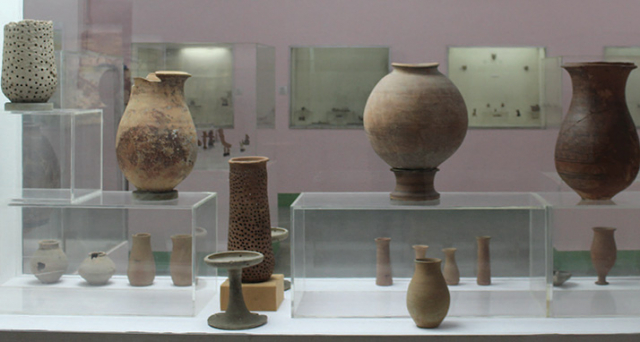Think like an archaeologist!
Primary History article

Investigating Indus Valley artefacts in the primary classroom
Since the great brick-built cities of Mohenjodaro and Harappa were first excavated in the early twentieth century, other large and thousands of small sites have been discovered. Clay was the raw material (bricks) for Indus architecture and everyday objects. Pottery was produced in industrial quantities on the foot wheel, an Indus Valley innovation, and kiln fired. Only small traces of organic material survived, compared with other ancient civilisations. Indus Valley sites are identified by unique artefacts, including steatite (soapstone) seals, terracotta human and animal figurines, ‘toy’ wheeled carts. (see PH 68, 2014) and distinctive pottery in large quantities, including some ‘mystery’ functional artefacts of intriguing use.
These are ideal for engaging children in structured enquiry, making inferences, hypothesising, and asking questions that archaeologists also ask. One of my favourites (after the carts) is a mystery object, the perforated pot/jar which came in a wide range of sizes. Intact pots have been found in houses and graves, and shards are common. The first excavators (1922–34) suggested they were heaters, e.g. braziers, but there have been many other ideas since then...
This resource is FREE for Primary HA Members.
Non HA Members can get instant access for £2.49


